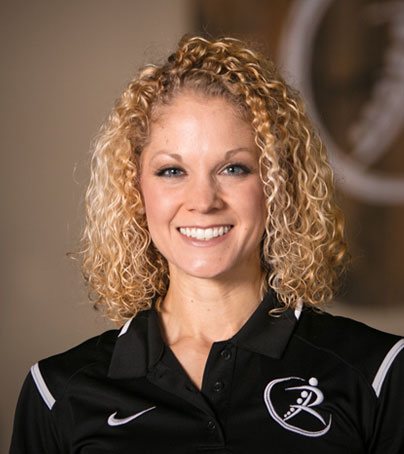When my oldest child, Grayson, transitioned from a half-day preschool to a full-day of Kindergarten, I noticed a change in him. Not only was he more tearful, confused, and very, very tired, but he also had physical changes that took place. Some of the biggest changes were that while he was previously a flexible child, he could no longer touch his toes and complained of hip pain when running. At 5 years old, this is a dramatic shift in his ability to move, and I began to ask myself what changed.
The fact is, school years contain many important developmental periods in a person’s life. Through them, movement patterns are created, corrected, and conserved for the entirety of one’s life. Our brains begin to adapt to changes that happen to us and adopt these changes as permanent. Therefore, point blank, they are extremely important times, and we may take them for granted.
Culturally, we are in wrapped up in a realm of productivity and technology. While a lot of these advances have been beneficial for our society, they have been detrimental for our children. Grayson went from a half-day of preschool where he played, squatted, sat criss-cross-applesauce on the floor, and repeated throughout the day to sitting in a chair at a desk for the majority of the day. Yes, there were times of walking down the hall, sitting on the floor, and gym on Mondays, but the difference and frequency of changing movement and activity was much different. Over the summer with increased play and activity, his movements have improved and his pain has dissipated. But… here we go again.
As parents, the important thing to realize is that while they may have received some good brain stimulation at school that day, they may not have received the adequate physical stimulation they need for good movement pattern development. AND, you may not notice that theses changes are taking place at all until they are involved in sporting activities or later on in high school when they start to have postural dysfunctions, headaches, hip pain, low back pain, or knee pain.
So, what can you do?
While it is not feasible for you to tell your child to run up and down the hall 5x in between classes or make sure they stand up and stretch their hip flexors every 30 minutes, it is feasible to do some “movement homework” when they get home. They don’t even have to know what your aim is, but they do have to know that you think it is important.
Instead of letting the kids come home and sit down in front of the TV for hours, try a few simple activities throughout the week to keep them moving well.
MONDAY: Take a walk around the block: you can incorporate small races to the mailboxes and back or see who can walk backwards or sideways the fastest.
TUESDAY: Crawl like a bear: That’s right, get down on all fours and crawl around your house. Pretend to be different animals and practice different movements.

WEDNESDAY: Walk like a crab: Flip over and try to raise your bottom up off the floor and walk on your hands and feet.

THURSDAY: Inchworm: Try to touch your toes, walk out to a plank, and then walk your feet back into your hands without bending your knees.

FRIDAY: Dance Party: Turn on the tunes and go to town.
Lastly, if you ever have any concerns about your child’s movements, please do not wait to get them evaluated. Early intervention produces the quickest and easiest changes in a child so that long-term they are successful and pain-free in whatever activity they choose.

